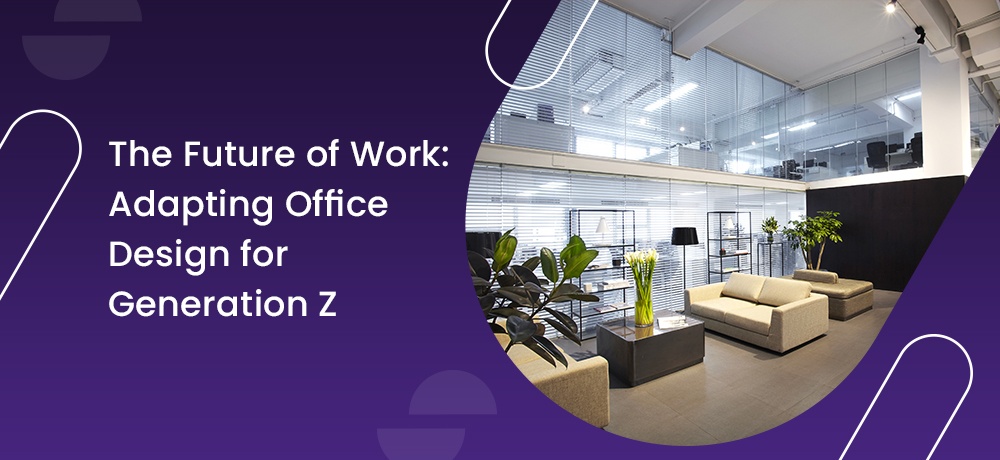The Future of Work: Adapting Office Design for Generation Z

Introduction: As we step into a new era of work, the arrival of Generation Z into the workforce brings fresh perspectives, values, and work preferences. Born between the mid-1990s and early 2010s, Generation Z is known for their tech-savviness, entrepreneurial spirit, and desire for meaningful and collaborative work experiences. Adapting office design to cater to this dynamic and innovative generation is crucial for creating a workspace that fosters productivity, creativity, and job satisfaction. In this blog post, we'll explore the key considerations for tailoring office design to meet the needs and expectations of Generation Z.
- Technology Integration: Generation Z has grown up in a digital age, and seamless access to technology is a fundamental expectation. An office designed for Generation Z should provide robust and reliable tech infrastructure, including high-speed internet, wireless charging stations, and advanced audiovisual equipment for meetings and presentations. Additionally, flexible workstations equipped with adjustable monitors and ergonomic peripherals accommodate various work styles and preferences.
- Agile and Collaborative Spaces: Collaboration is at the heart of Generation Z's work style. Creating spaces that facilitate teamwork, brainstorming sessions, and impromptu meetings is essential. Consider incorporating open-plan work areas, breakout zones with comfortable seating, and collaborative tools like whiteboards and interactive displays. Providing a mix of formal meeting rooms and informal gathering spaces caters to different collaboration needs.
- Flexibility and Adaptability: Generation Z values flexibility in their work environment. Designing flexible workstations that can be easily adjusted to suit individual preferences promotes a sense of ownership and comfort. Modular furniture and adaptable layouts allow for quick reconfigurations to accommodate changing tasks and team dynamics. Flexibility in work hours and remote work options are also important considerations.
- Emphasis on Well-being: Generation Z places a strong emphasis on well-being, both physical and mental. Natural light, ergonomic furniture, and greenery contribute to a healthier workspace. Additionally, wellness rooms for relaxation, meditation, or quiet reflection provide a retreat for employees to recharge. Prioritizing well-being in the office design fosters a positive and supportive work environment.
- Personalization and Customization: Allowing Generation Z employees to personalize their workspaces can enhance their sense of belonging and ownership. Providing options for adjustable desks, ergonomic chairs, and storage solutions empowers individuals to create a workspace that aligns with their preferences and work habits. Incorporating elements that reflect their personal style and interests can also contribute to a more engaging and motivating work environment.
- Inclusive and Diverse Spaces: Generation Z is known for its commitment to diversity and inclusion. Designing inclusive spaces that accommodate diverse needs and preferences is crucial. This includes providing accessible facilities, ensuring varied seating options, and creating spaces that cater to different workstyles and mobility requirements. Additionally, incorporating diverse artwork and cultural elements can promote a sense of belonging for employees from various backgrounds.
Conclusion: Adapting office design for Generation Z is not just about incorporating the latest trends; it's about creating a workspace that aligns with their values, preferences, and workstyles. By prioritizing technology integration, collaborative spaces, flexibility, well-being, personalization, and inclusivity, businesses can create an environment that empowers and inspires this innovative generation. A workspace designed with Generation Z in mind not only attracts and retains top talent but also fosters a culture of creativity, collaboration, and growth that propels the organization into the future of work.